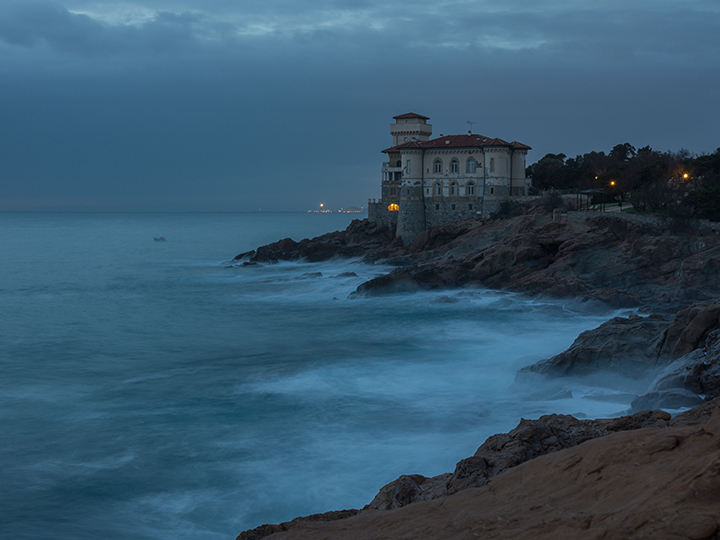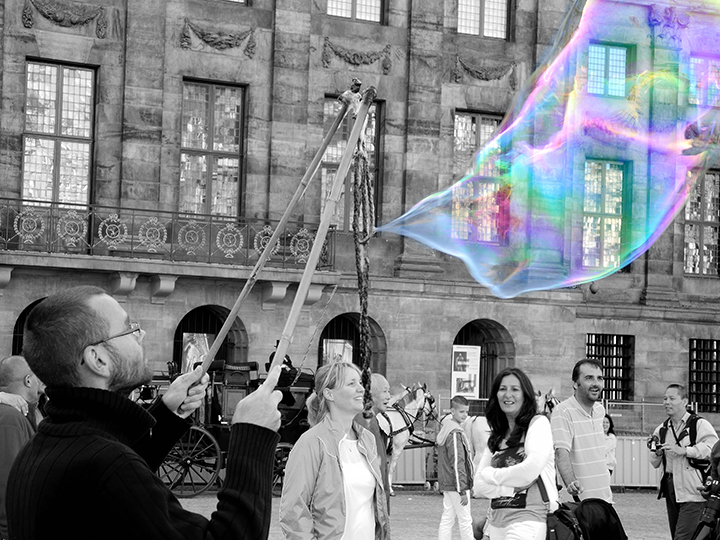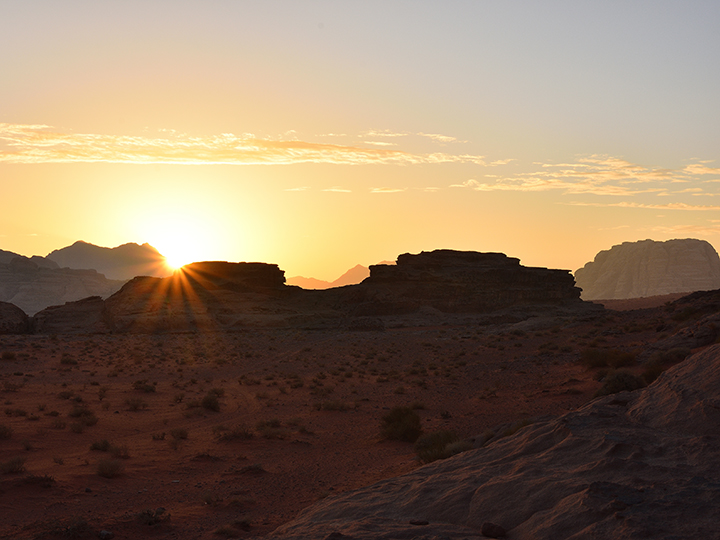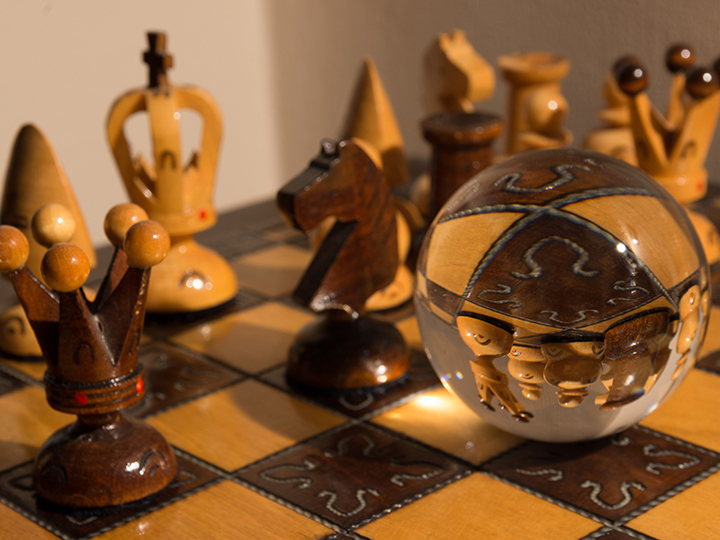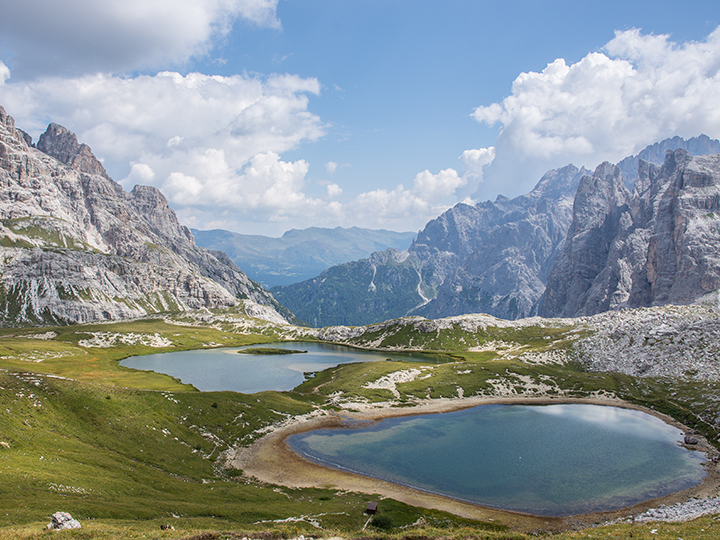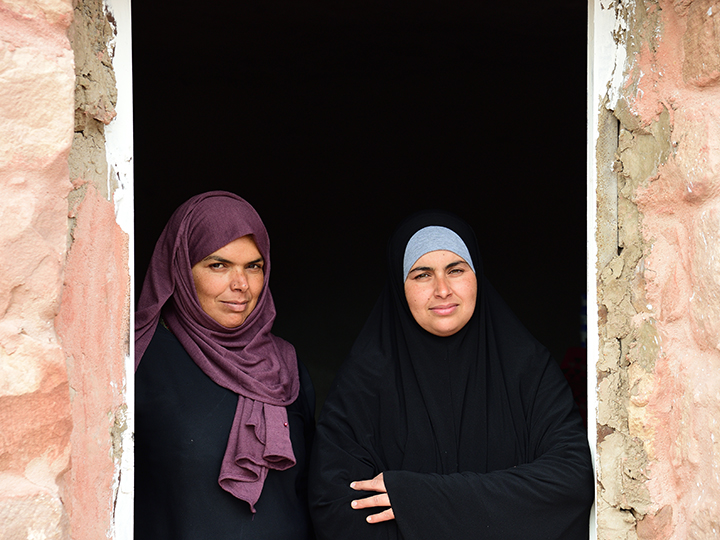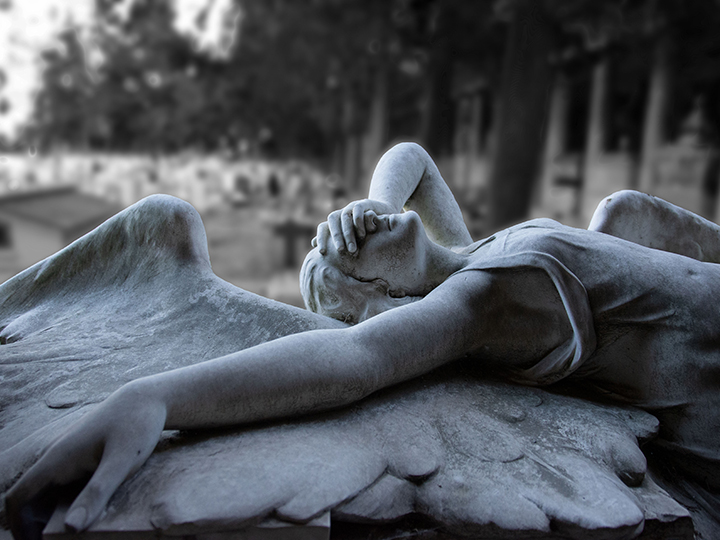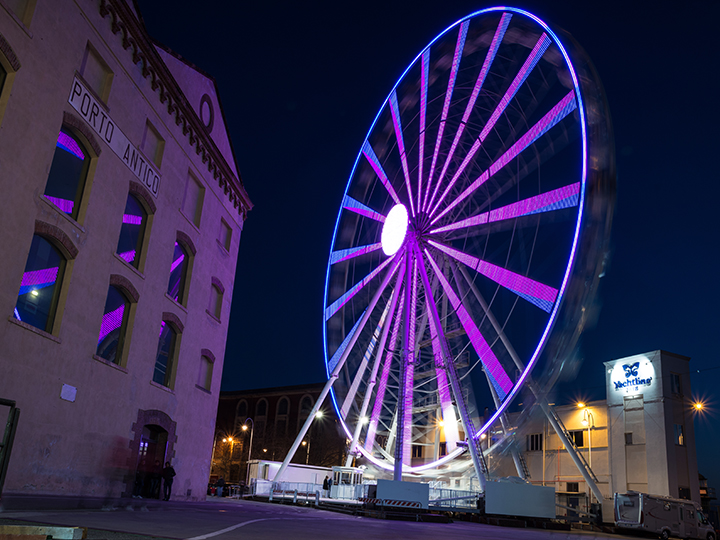Publications
© Fabrizio Leo, 2003-2022. This material is presented to ensure timely dissemination of scholarly and technical work. Copyright and all rights therein are retained by authors or by other copyright holders.
All persons copying this information are expected to adhere to the terms and constraints invoked by each author's copyright. In most cases, these works may not be reposted without the explicit permission of the copyright holder such as IEEE's, ACM's, Springer or Elsevier's.
Appropriate credit must be given as to its source and authorship. The following links open in a new tab.
22. Leo, F, Gori, M, Sciutti, A (2022) Early blindness modulates haptic object recognition. Frontiers in Human Neuroscience, 16:941593 Link
21. Nataletti, S, Leo, F, Dideriksen, J, Brayda, L, Dosen, S (2022) Combined spatial and frequency encoding for electrotactile feedback of myoelectric signals. Experimental Brain Research, 16:941593 Link
20. Leo, F, Sandini, G, Sciutti, A (2022) Mental rotation skill shapes haptic exploration strategies. IEEE Transactions on Haptics, 15(2): 339-350 Link
19. Leo, F, Nataletti, S, Brayda, L (2020) Non informative vision improves spatial tactile discrimination on the shoulder but does not influence detection sensitivity. Experimental Brain Research, Link
18. Nataletti, S, Leo, F, Seminara, L, Trompetto, C, Valle, M, Dosen, S, Brayda, L (2020) Temporal Asynchrony but Not Total Energy Nor Duration Improves the Judgment of Numerosity in Electrotactile Stimulation. Frontiers in Bioengineering and Biotechnology, Link
17. Leo, F, Cocchi, E, Ferrari, E, Brayda, L (2020) Maps as ability amplifiers: using graphical tactile displays to enhance spatial skills in people who are visually impaired. in Haptic Interfaces for Accessibility, Health, and Enhanced Quality of Life editors McDaniel T, Panchanathan S, Springer, Cham, Link
16. Leo, F, Ferrari, E, Baccelliere, C, Zarate, J, Shea, H, Cocchi, E, Brayda, L (2019) Enhancing general spatial skills of young visually impaired people with a programmable distance discrimination training: a case control study. Journal of NeuroEngineering and Rehabilitation, Link
15. Leo, F, Violin, T, Inuggi, A, Raspagliesi, A, Capris, E, Cocchi, E, Brayda, L (2019) Blind persons get improved sense of orientation and mobility in large outdoor spaces by means of a tactile pin-array matrix. in CHI'19 Workshop on Hacking Blind Navigation, Glasgow, Scotland
14. Brayda, L, Leo, F, Baccelliere, C, Vigini C, Cocchi, E (2019) A refreshable tactile display effectively supports cognitive mapping followed by orientation and mobility tasks. A comparative multi-modal study involving blind and low-vision participants. in 2019 Workshop on Multimedia for Accessible Human computer Interface (MAHCI’19), Nice, France, Link
13. Leo, F, Tinti, C, Chiesa, S, Cavaglià, R, Schmidt, S, Cocchi, E, Brayda, L (2018) Improving spatial working memory in blind and sighted youngsters using programmable tactile displays. SAGE Open Medicine, Link
12. Leo, F, Baccelliere, C, Waszkielewicz, A, Cocchi, E, Brayda, L (2018) Tactile symbol discrimination on a small pin-array display. in 2018 Workshop on Multimedia for Accessible Human Computer Interface (MAHCI’18), Seoul, Republic of Korea, Link
11. Brayda, L, Leo, F, Baccelliere, C, Ferrari, E, Vigini, C (2018) Updated tactile feedback with a pin array matrix helps blind people to reduce self-location errors. Micromachines, 9(7), 351 Link
10. Leo, F, Cocchi, E, Brayda, L (2017) The effect of programmable tactile displays on spatial learning skills in children and adolescents of different visual disability. IEEE Transactions on Neural Systems and Rehabilitation Engineering, 25(7): 861-872 Link
9. Kunchornsup, W, Leo, F, Bertora, F, Fragouli, D, Petroni, S, Brayda, L (2014) Study of static tactile detection threshold via pneumatically driven polydimethylsiloxane membrane. in Proc. of Workshop TacTT2014 (held conjunction of ACM ITS2014), Dresden, Germany,
8. Leo, F, Noppeney, U (2014) Conditioned sounds enhance visual processing. PLoS One, Sep 9(9):e106860 Link
7. Leo, F, Romei, V, Freeman, E, Làdavas, E, Driver, J (2011) Looming sounds enhance orientation sensitivity for visual stimuli on the same side as such sounds. Experimental Brain Research, Sep 213(2-3): 193-201 Link
6. Bertini, C, Leo, F, Avenanti, A, Làdavas, E (2010) Independent mechanisms for ventriloquism and multisensory integration as revealed by theta-burst stimulation. European Journal of Neuroscience, 31(10): 1791-1799 Link
5. Bertini, C, Leo, F, Làdavas, E (2008) Temporo-nasal asymmetry in multisensory integration mediated by the superior colliculus. Brain Research, 1242: 37-44 Link
4. Leo, F, Bolognini, N, Passamonti, C, Stein, B, Làdavas, E (2008) Cross-modal localization in hemianopia: new insights on multisensory integration. Brain, 131(3): 855-865 Link
3. Leo, F, Bertini, C, di Pellegrino, G, Làdavas, E (2008) Multisensory integration for orienting responses in humans requires the activation of the superior colliculus. Experimental Brain Research, 186(1): 67-77 Link
2. Bolognini, N, Leo, F, Passamonti, C, Stein, B, Làdavas, E (2007) Multisensory-mediated auditory localization. Perception, 36(10): 1477-1485 Link
1. Ciaramelli, E, Leo, F, Del Viva, M, Burr, D. & Làdavas, E (2007) The contribution of prefrontal cortex to global perception. Experimental Brain Research, 181(3): 427-434 Link

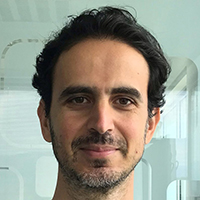

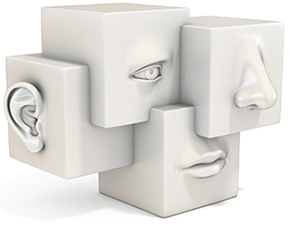 We perceive and interact with the environment thanks to different senses that allow us to experience different aspects of the world.
Our brain effortlessly merges information coming from the various senses but the underlying neural computations and networks are
rather complex. In his research, Dr. Leo investigates how the perception of one sensory modality (e.g., vision) is influenced by
a concurrent stimulation in another sensory modality (e.g., audition) using psychophysical [e.g.,
We perceive and interact with the environment thanks to different senses that allow us to experience different aspects of the world.
Our brain effortlessly merges information coming from the various senses but the underlying neural computations and networks are
rather complex. In his research, Dr. Leo investigates how the perception of one sensory modality (e.g., vision) is influenced by
a concurrent stimulation in another sensory modality (e.g., audition) using psychophysical [e.g., 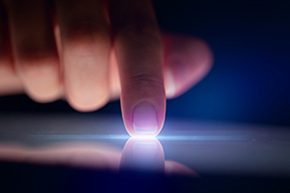 We use active touch to explore and recognize objects. This behavior becomes essential in
visual impairments, such as blindness, as vision cannot longer be used to acquire information about the environment.
Dr. Leo collaborated in the development of a pin-array matrix to show graphical information to blind persons through touch (check this
We use active touch to explore and recognize objects. This behavior becomes essential in
visual impairments, such as blindness, as vision cannot longer be used to acquire information about the environment.
Dr. Leo collaborated in the development of a pin-array matrix to show graphical information to blind persons through touch (check this 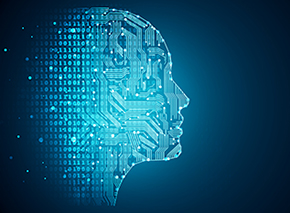 Quantitative measurement is essential in experimental psychology and neuroscience as well as in other scientific fields. Dr. Leo is interested in
applying state-of-the-art data analysis tools as well as machine learning and AI techniques. In his most recent project, Dr. Leo has applied advanced
machine learning methods to predict and classify cancer type based solely on somatic mutation profiles (check
Quantitative measurement is essential in experimental psychology and neuroscience as well as in other scientific fields. Dr. Leo is interested in
applying state-of-the-art data analysis tools as well as machine learning and AI techniques. In his most recent project, Dr. Leo has applied advanced
machine learning methods to predict and classify cancer type based solely on somatic mutation profiles (check 


